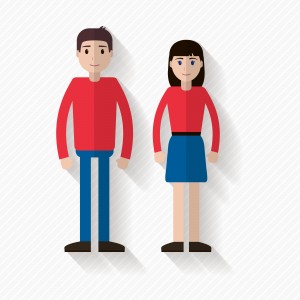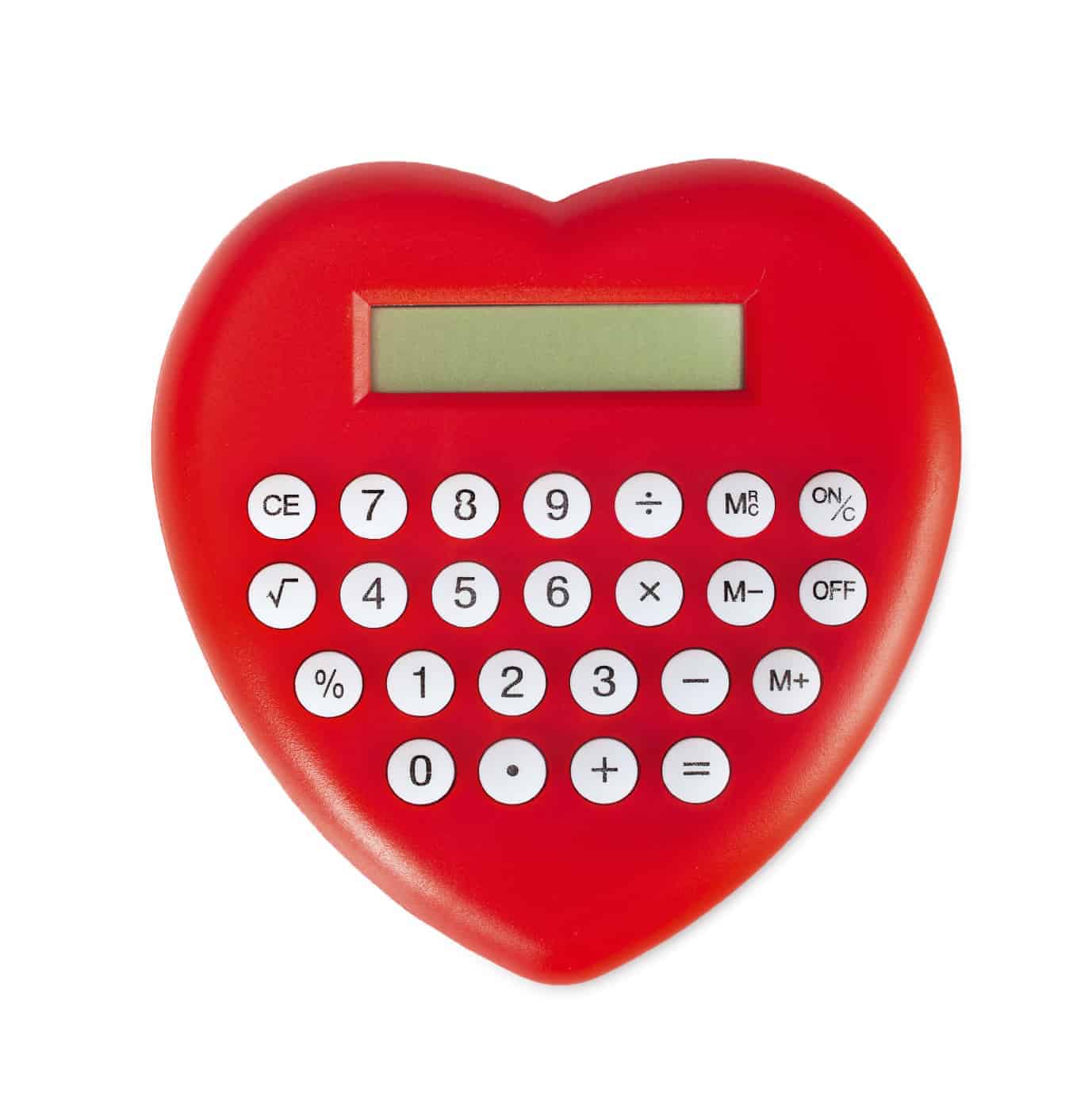You might not think that finding your true love and mathematics have much in common, however increasingly you would be wrong. Just like the fact that more people are shopping online every year, more people are also dating online. The online dating industry is worth an estimated £300 million each year in the UK and 25% of all new relationships are thought to start from online dating.
This means that online dating is big business and consequently the sites that are best at helping people to meet their future partners are going to succeed in the market. This means that online dating sites need to have the best method for matching people and this is where the mathematics comes in.
Assuming an online dating site has a large group of members, you need a way for people to be matched to others who they have a chance of being compatible with. Users are asked to input data into the site, typically answering questions about their likes, dislikes and hobbies. The search is then on to create the best algorithm which can use this data and match people successfully.

Different sites have different methods for matching people, but the American dating site OKCupid particularly likes to boast about its use of mathematics in order to match people. OKCupid even uses the tagline “we use math to find you dates” and writes on its website “we do a lot of crazy math stuff to help people connect faster”. Because OKCupid is so convinced that their use of mathematics is what helps them to be successful, they are very open about their algorithm. Some other sites might be more secretive about their methods, as they want to keep their competitive edge.
How OKCupid use maths to match people.
OKCupid asks users to answer questions, giving three answers for each question. Users need to firstly answer for themselves, then state what they would like their future partner to answer. Finally they are asked how important the question is to them.
There are four options for how important a question is to someone and the algorithm assigns a numerical value to each answer.
| Level of Importance of question | Point Value |
|---|---|
| Irrelevant | 0 |
| A little important | 1 |
| Somewhat important | 10 |
| Very important | 250 |
Example: How compatible are Alice and Bob?

Alice
| Question 1: Do you like watching football on TV? | Question 2: Are you a tidy person? | ||
|---|---|---|---|
| Self | Yes | No | |
| Wanted from partner | Yes | Yes | |
| Importance | A little | Somewhat | |
| Importance score | 1 | 10 | Total = 11 |
Bob
| Question 1: Do you like watching football on TV? | Question 2: Are you a tidy person? | ||
|---|---|---|---|
| Self | Yes | Yes | |
| Wanted from partner | Yes | Yes | |
| Importance | Very | Very | |
| Importance score | 250 | 250 | Total = 500 |
How their match percentage is calculated.
Alice’s score: Over the two questions Alice answered a little important and somewhat important meaning these questions are worth 11 points to her. Bob answered as Alice wanted on both questions meaning that Bob got 11/11 and that he is 100% satisfactory to Alice.
Bob’s score: Over the two questions Bob answered very important both times meaning these questions are worth 500 points to Bob. Alice answered as Bob wanted on one of the questions meaning Alice got 250/500 = 50%. Alice is 50% satisfactory to Bob.
OKCupid then take the two match percentages and calculates what is called the geometric mean. For two numbers this means multiplying them together and taking the square root.
= 71% (nearest whole number)

Using this algorithm showed that Alice and Bob are 71% compatible. However, Alice and Bob only answered two questions, which doesn’t really give enough information about them. The site therefore adds in another feature which incentivizes users to answer at least 100 questions.
You might already be wondering about how effective the algorithm is and whether it could be improved. There is a lot of human psychology involved – for example would Alice have really been honest that she isn’t tidy? Some other sites use different tools such as GPS, where users are matched with other people who are geographically close to them.
In the future there are going to be more and more jobs for people who can use maths in a smart way to improve the way people do things. Instead of improving a dating algorithm you could be working for an online retailer making sure people are recommended the products which they like, or improving an app which helps people plan their next journey.
If you like thinking in a logical, mathematical way, then maybe you would be interested in being a developer, software engineer or data scientist.
Article by Hazel Lewis
Teaching ideas and resources to support the learning of topics covered in this article can be found on the National STEM Learning website.







